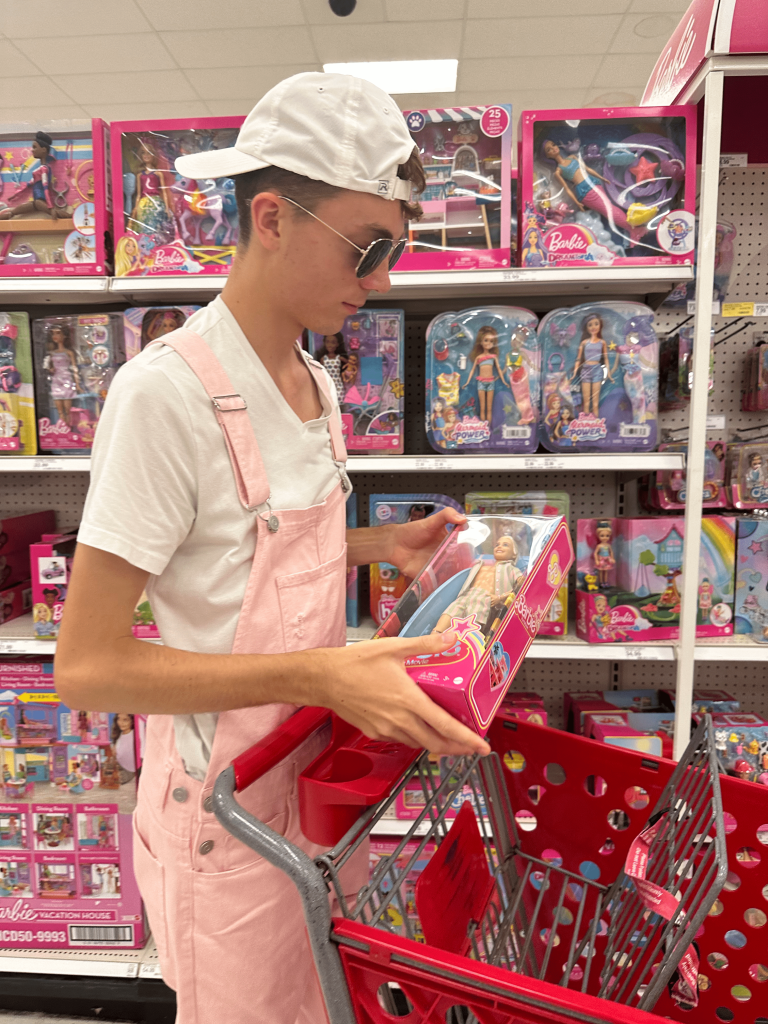
How was I to know that a 2023 film about a plastic doll would become so therapeutic for me post-grad? Greta Gerwig’s “Barbie” has been making headlines about everything from being such a great feminist movie to perhaps going too far to bash the patriarchy, but what nobody talks about is that it really mimics children and the idea of play that we destroy as soon as we grow up.
The film begins with Barbie’s perfectly pink, plastic life in a feminist utopia called Barbie Land. It is rather reminiscent of the world children build for their Barbies where everything is fun and harsh realities have yet to be discovered. The Barbie campaign idea that “You Can Be Anything” is rooted in the idea that children, like Barbie, know no limits and can become an astronaut or a doctor simply by putting on the outfit.
Having grown up with Barbie, I confess that my favorite doll inspired my first job. The Barbie in question, from the 2003 film Barbie of Swan Lake, works at her father’s bakery. And so, my first job when I was sixteen years old was at a bakery in my hometown. I, however, was quickly disillusioned as it was nothing like the games I used to play with Barbie.
Similarly, Margot Robbie’s character was living in a box—for lack of a better term—where everything seemed glorious, but not long into the film, she starts to lose the ability to be perfect and is haunted by thoughts of death, cellulite, and flat feet (oh my)! The only solution to fix these problems is to enter into the real world, where, as Weird Barbie tells her, “you have no choice,” which parallels the inevitable time in a person’s life going from childhood play to the practicality of adulthood.
My favorite scene of the film features Barbie sitting in a park after arriving in Los Angeles. She looks around and sees people playing, laughing, fighting, and crying. She allows herself to feel everyone’s emotions, and observes the reality of a life filled with ups and downs. This scene speaks volume to the theme of growing up and the jarring transition from childhood into adulthood. For me, the bridge between these two realms was college.
The childhood sentiment of declaring, “I want to be a ____ when I grow up,” is very similar to choosing a major in college.
Barbie’s “You Can Be Anything” campaign is similar to that of Rollins College which told freshman me to “Find My Anchor.” The possibilities were endless and I was encouraged to take classes in a variety of fields, exploring different paths before I was allowed to declare an area of focus.
Spending the past three years absorbed in the world of my major, I was blinded by the limitless opportunities that lived in my head. But as I’ve recently discovered, finding a big boy job, success, and happiness is not as easy as I thought it would be. In this world, aspirations can still be met but not as easily as I once perceived, and not in the way Barbie perceived either.
In a post-grad world, I have been feeling a lot like Barbie on that park bench. I no longer have access to on-campus jobs, dining dollars, and supportive professors. The best parts of my #RollinsLife don’t exist out here. (I’ll take one Depression Barbie, please.)
The truth is, society steers us to choose one thing to be. We go to school and earn a degree in a specific field, then we are expected to get a job in said field and that’s that. Although, the benefit of a liberal arts college is that we learn how to think, rather than gain one specific type of training. (Thank you, Rollins.)
When Ryan Gosling’s Ken cries because his job is just “beach” and it’s all that he’s allowed to do and all that he knows how to do, he reminds me of a lot of my classmates who struggle in a post-grad world to find a job in their respective major/career, but even more so of those who pursued a degree in an area of study chosen by their parents.
Which brings me to my next point. When we play with Barbie as children, we build for her the world that we want for ourselves, the same way parents do for their children.
As the Billie Eilish song, “What Was I Made For?” states, “I used to float, now I just fall down, I used to know, but I’m not sure now, what I was made for.” Fittingly, the instrumental of the song plays while Barbie observes others in the park; though it stops as soon as she speaks to an older woman in a scene, which Gerwig described to Rolling Stone as “the heart of the movie.”
Barbie tells her, “you’re beautiful,” to which she responds, “I know it.” This older woman has the confidence of having lived in the real world much longer than Barbie; she gives hope to what someday Barbie will achieve. Going through life, everyone learns and grows, so will Barbie, and so will I after Rollins. “Something I wait for…”
Suddenly I have a strong desire to check on my Swan Lake Barbie who I think still dwells in my basement. I hope she is doing ok, and knows how grateful I am to her for teaching me that I am (K)enough.
The opinions expressed in this article do not neccesarily reflect those of The Sandspur, its staff, or Rollins College.
This article was originally published in our Welcome Back print edition on Aug. 18.

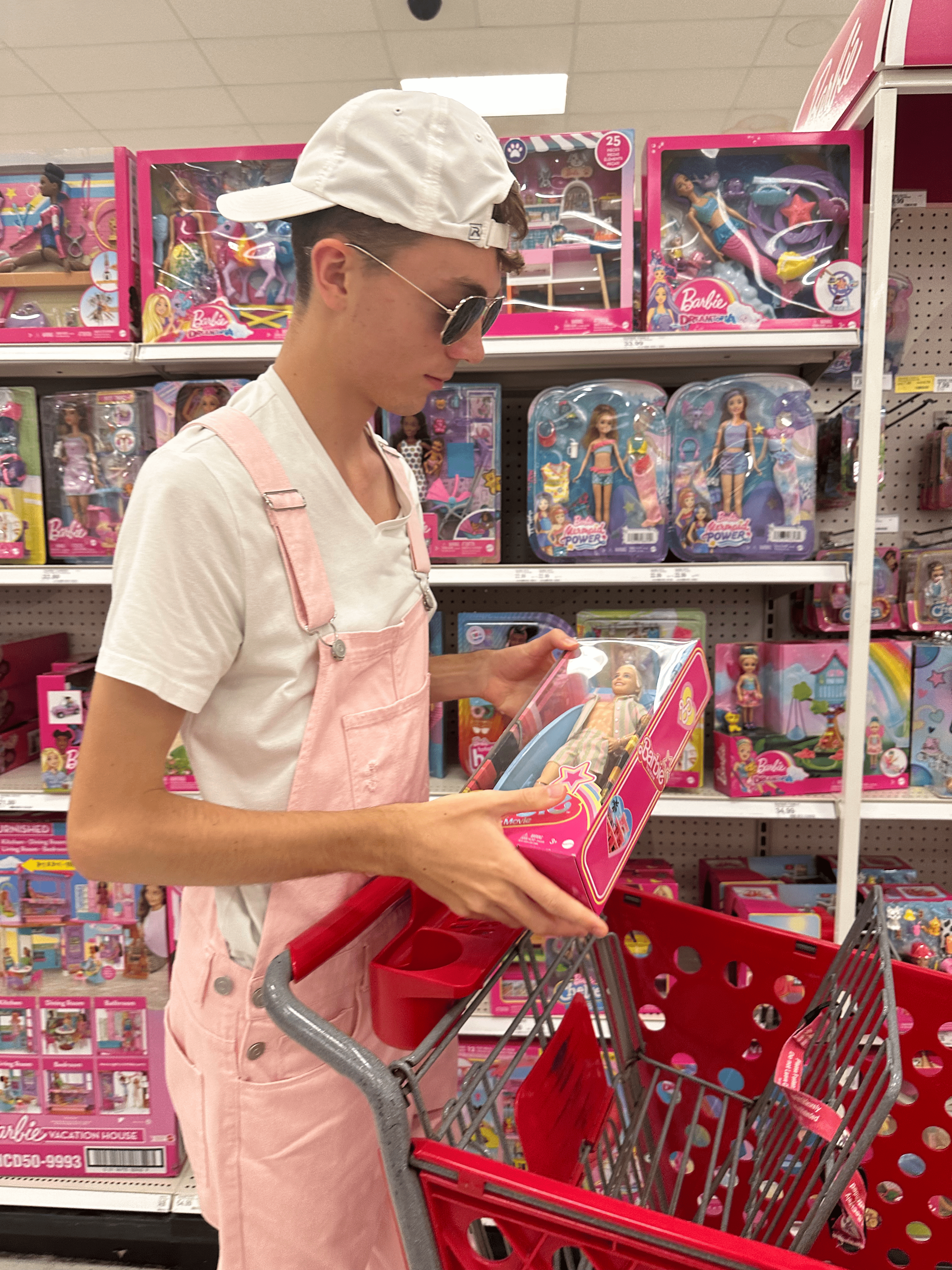
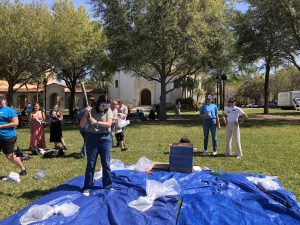
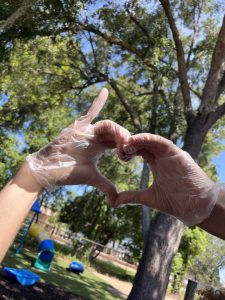


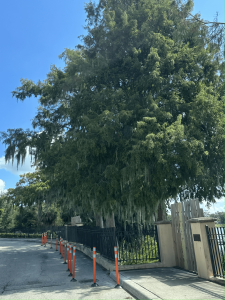
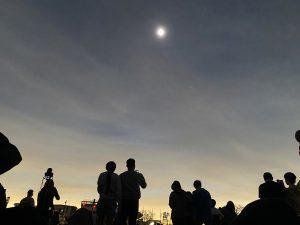
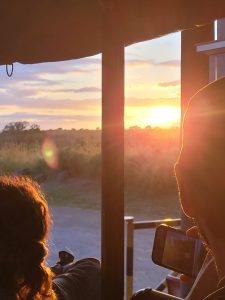
Comments are closed.